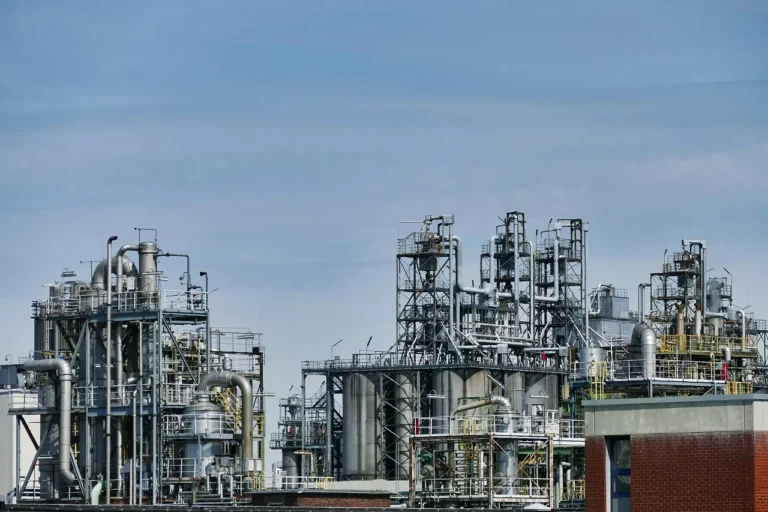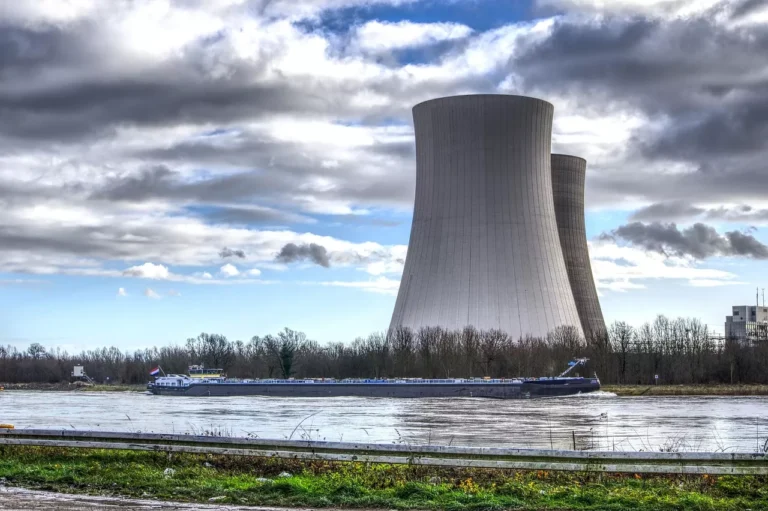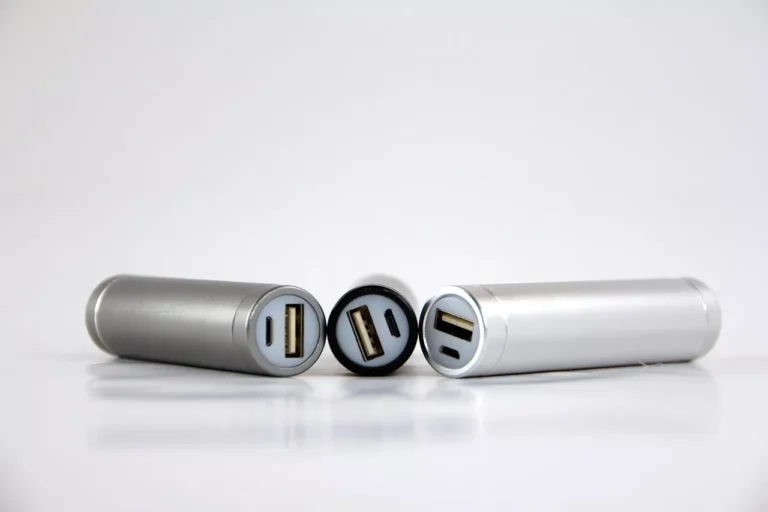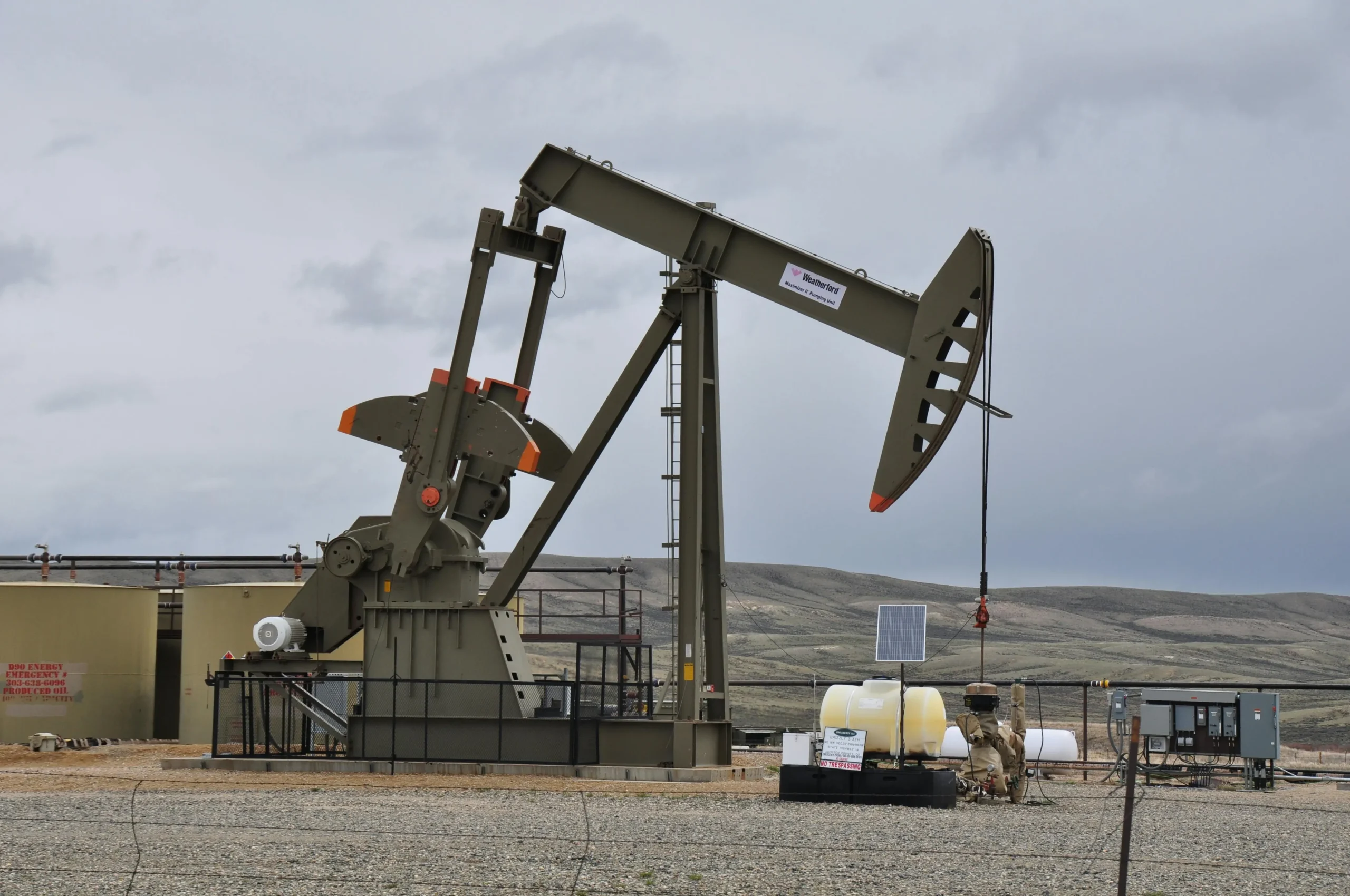
Monumental Energy Advances Workover of Copper Moki-1 Oil and Gas Well in New Zealand
Monumental Energy Corp. (“Monumental” or the “Company”) has announced significant progress on the workover of the Copper Moki-1 (CM-1) oil and gas well, situated in the prolific Taranaki Basin of New Zealand. The operation marks the second workover activity in the broader Copper Moki redevelopment campaign, following ongoing success at Copper Moki-2 (CM-2). Monumental’s aim is to restore and enhance production capacity from these legacy wells and capitalize on existing hydrocarbon resources.
Workover Objectives and Current Status
The key objective of the CM-1 workover is to reinitiate the production of oil and associated gas from the Mt. Messenger formation, a well-known hydrocarbon-bearing sandstone reservoir in the region. The initiative also aims to mitigate flow restrictions caused by sand production during earlier operations—an issue commonly encountered in unconsolidated sandstone reservoirs like those found in the Mt. Messenger formation.
As part of the remediation process, the pump rod string and the old tubing string at CM-1 have already been successfully retrieved. Following this, cleaning of the well casing commenced and is currently underway, along with the installation of new tubing and a more robust pump system. These preparatory activities will be followed by additional perforations intended to optimize reservoir communication and improve fluid flow. Monumental anticipates the completion of all workover procedures by the upcoming weekend, with the well expected to be back online shortly thereafter.
Production Capacity and Expected Output
Notably, the new pump being installed at CM-1 is larger and more capable than the one currently operating at CM-2. The design production rates for CM-1 and CM-2 are 150 barrels of oil per day (bopd) and 100 bopd, respectively. However, both wells have the potential to exceed these rates, particularly during periods of flush production—the initial phase of production after restarting a well when output is temporarily elevated due to pressure buildup.
Flush production for the two wells combined could exceed 300 bopd. In fact, CM-2 alone achieved such rates following the installation of a new pump during the original drilling campaign. This production boost highlights the potential for short-term revenue acceleration once CM-1 resumes operations.
Strategic Advantage in a Changing Energy Landscape
The economic outlook for the Copper Moki wells has improved considerably compared to when they were first drilled. At that time, New Zealand had a surplus of natural gas, which rendered the development of isolated oil and gas fields less economically attractive. Consequently, the Copper Moki field remained disconnected from the national gas network, restricting its potential.
However, this situation has since changed. The Copper Moki field is now fully integrated into New Zealand’s gas infrastructure. This critical upgrade transforms the field into a strategic asset, enabling the commercialization of both oil and gas outputs and providing a stream of revenue that was previously inaccessible. Monumental Energy stands to benefit not only from oil sales but also from the monetization of associated natural gas—adding significant value to the redevelopment effort.
Historical Challenges and New Partnership with NZEC
It’s important to note that the Copper Moki wells were never shut-in due to depletion or geological shortcomings. Instead, the closures resulted from mechanical issues and standard wear and tear on downhole equipment. This distinction is key, as it implies that the reservoir remains viable and that a return to production is largely a function of surface and subsurface equipment maintenance.
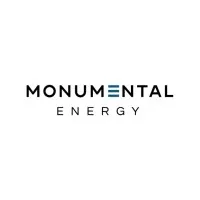
In late 2024, Monumental Energy entered into a landmark agreement with New Zealand Energy Corp. (NZEC), the original developer of the Copper Moki assets. Under the terms of the agreement, Monumental assumed responsibility for restarting and managing the production of CM-1 and CM-2. This transition came as NZEC shifted its strategic focus toward gas storage solutions, thereby creating a window of opportunity for Monumental to re-enter and revitalize the field.
The financial terms of the agreement are favorable for Monumental. The company is entitled to a 25% royalty on all future oil and gas production from the Copper Moki site. Importantly, this royalty will increase to 75% after Monumental recovers its initial capital investment. This tiered royalty structure offers both near-term cost recovery and long-term revenue upside.
Forward-Looking Plans and Data Disclosure
Monumental Energy has indicated that cumulative production data—quantified in barrels of oil (BBL) and barrels of oil equivalent (BOE)—will be disclosed in the coming weeks. These figures are expected to provide a clear picture of the field’s production potential and contribute to investor understanding of the asset’s economic impact.
In addition to restarting CM-1 and optimizing CM-2, the company is reportedly assessing the feasibility of further development within the Copper Moki lease area. This could include re-entering other wells, conducting sidetrack drilling, or even exploring undrilled prospects nearby, depending on the results of the ongoing workover efforts and future production trends.
Broader Implications for Monumental Energy
The progress at Copper Moki-1 represents more than just a successful field operation—it signals Monumental’s strategic entrance into New Zealand’s energy sector and a broader commitment to onshore resource development. The Taranaki Basin, long recognized as New Zealand’s primary hydrocarbon province, offers a stable regulatory environment, established infrastructure, and a history of successful exploration and production.
For Monumental, the current activity aligns with its strategy of acquiring and revitalizing undervalued energy assets. The company’s ability to secure a favorable royalty agreement, implement technical enhancements, and reestablish production from existing wells without the high costs of drilling new ones, positions it well for sustainable growth in the region.
Moreover, the integration of the Copper Moki field into the local gas infrastructure provides an essential element of optionality. Monumental now has the flexibility to respond to shifts in market dynamics by selling either oil, gas, or both, depending on pricing conditions. In a global energy market increasingly defined by volatility and the transition to lower-carbon fuels, having such flexibility could prove to be a substantial competitive advantage.





